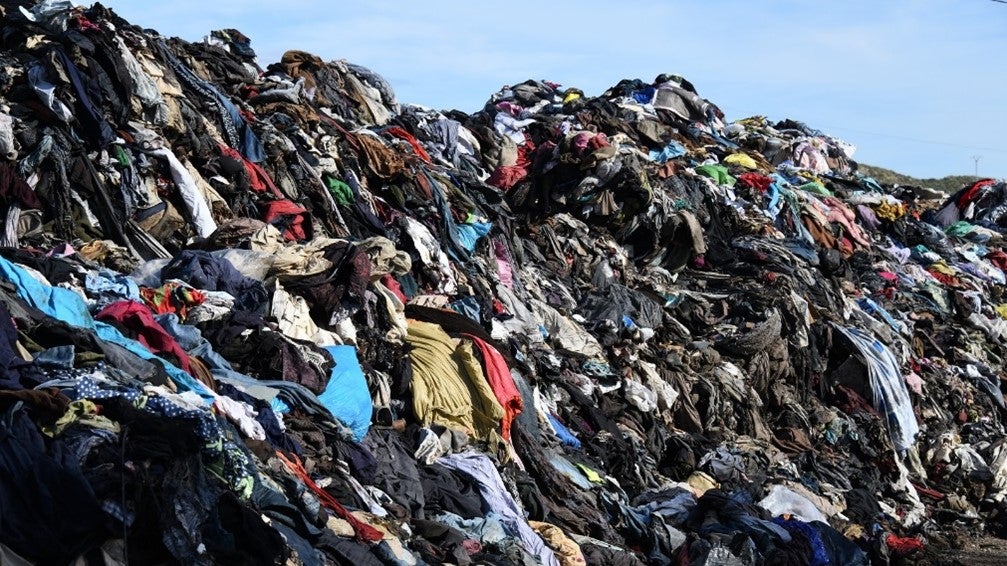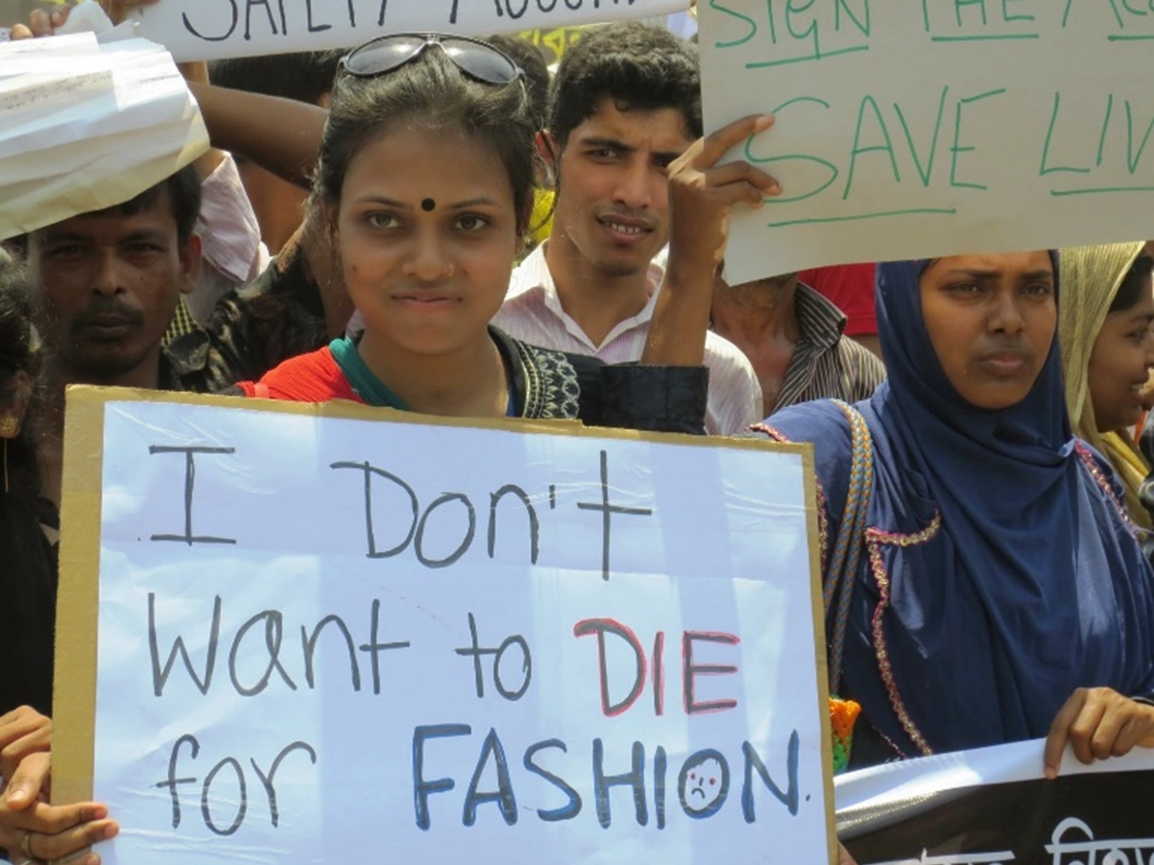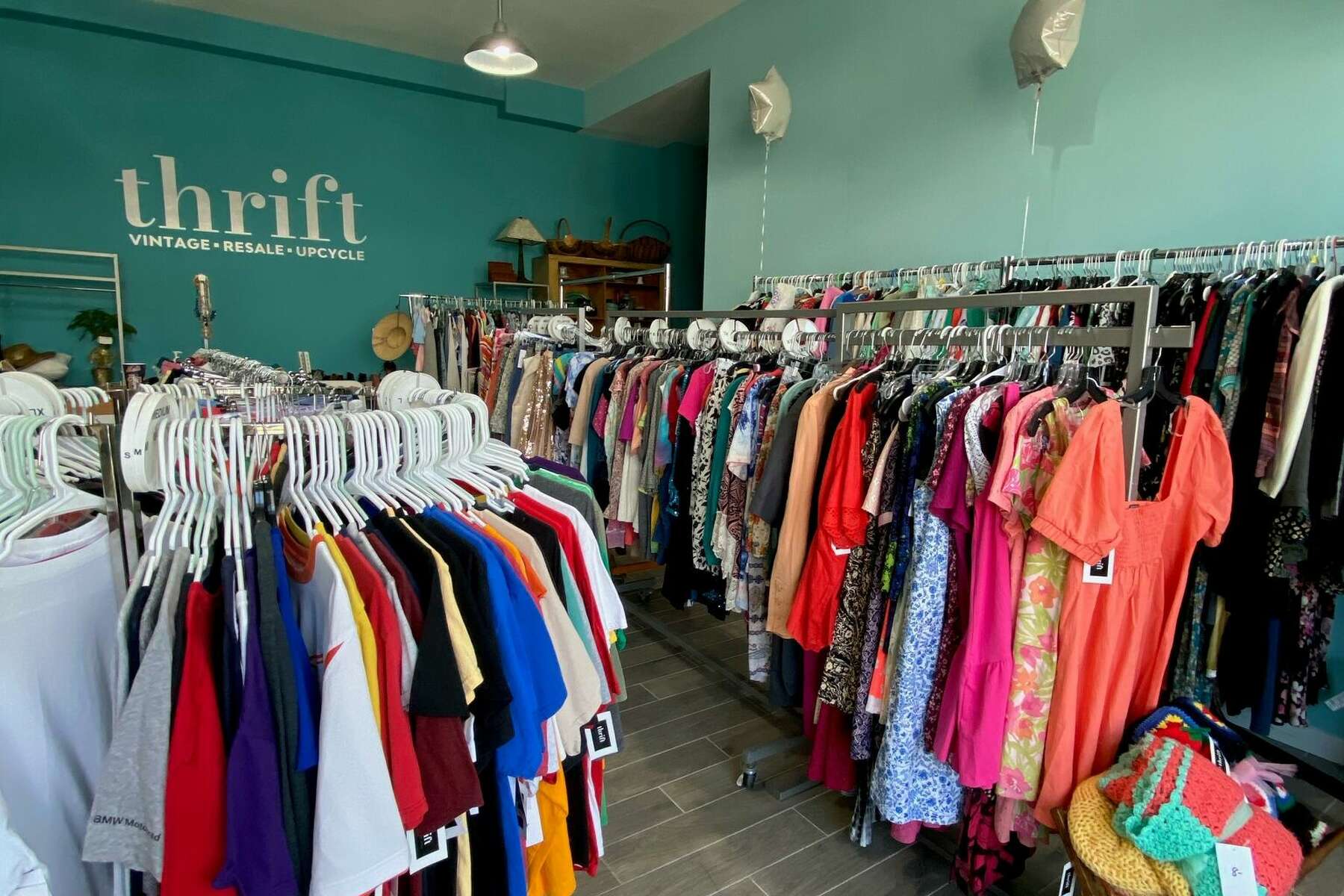Rethink Fashion Consumption
According to the EPA, approximately 17 million tons of textile waste filled America’s landfills in 2018. This number has doubled in the last 20 years, and its biggest contributor? Fast Fashion is inexpensive and rapidly produced clothing items made to keep up with consumer demands.

Fast fashion has increased in parallel with the growth of social media. Consumers now have 24/7 access to up-and-coming trends from micro-bloggers, celebrities, and influencers. According to Mud magazine, instead of trends lasting for years, trends (especially micro-trends) now last for approximately 3-6 months. Additionally, the likeliness of wearing clothing items more than 7 to 10 times before being tossed has decreased, according to the UN Environment Program.

The negative impacts this has on the environment are huge. According to a study conducted by Qantis, the fast fashion industries global emissions will increase by 2030. It is also responsible for 20% of global wastewater and 10% of microplastics found in the ocean.

Additionally, most textiles are produced in countries that have few labor laws. Garment workers can work up to 16 hours per day, every day of the week, to meet demands. It has been found that they often endure unsafe working conditions, permit child workers, discourage worker unions, and more. Garment workers are often compensated with meager wages.

At an initial glance, fast fashion can seem appealing. The clothing is often affordable, and you can stay up to date with the latest trends. However, knowing the consequences of participating in fast fashion culture should be enough to discourage people from it. I don’t believe that we should shame individual consumers because that unjustly blames individuals and not the corporations who have the most considerable impact on the problems and solutions. Instead, as consumers, we should embrace reimagining what our fashion consumer culture can look like.

One way individuals can do this is by rejecting the idea of micro-trends and embracing their own styles (if you love it, you’ll end up wearing it for years to come). Another way we can do this is by embracing second-hand clothing options, buying quality garments and other sustainable alternatives. Possibly the most significant thing consumers can do is to continue sharing the conversation about the real negative impacts of fast fashion and ways we can make changes.